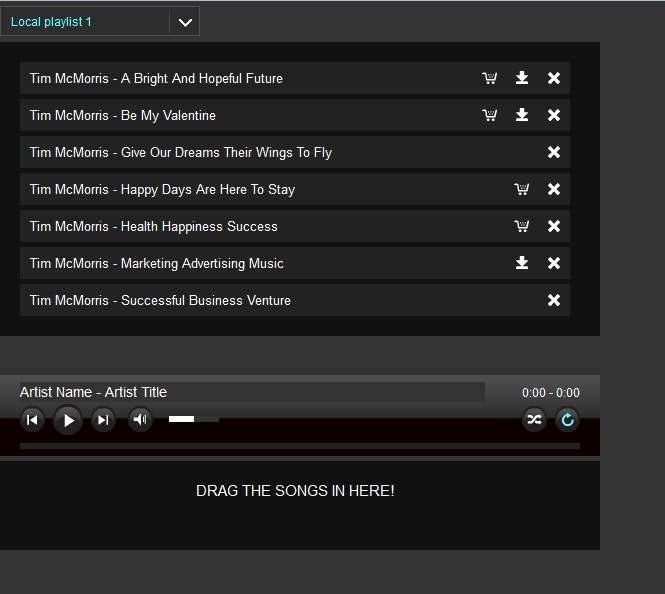

It was complete nonsense and ever so slightly patronising, but hey, it was their first year, so we held our tongue and decided we’d give EA time to establish the series on Switch and see where it would go from there. We even smiled when the game’s producer explained in interviews that the reason the Switch version had fewer modes than the Xbox One and PS4 versions was because "The Journey" story mode was only possible with the power of the Frostbite engine (despite only being a bunch of cutscenes) and Ultimate Team would overwhelm Nintendo gamers if they were exposed to everything it had to offer right away. At first, we gave EA the benefit of the doubt and put it down to the challenges of porting a game to a less powerful system with a user base who hadn't seen a new FIFA game for half a decade. Ever since EA first brought the FIFA series to the Switch with FIFA 18, Nintendo fans have been given a lesser version of the game seen on other systems. In this case, the element is the fallback for Flash Player.Okay, enough's enough. In case there is no Flash plugin, then the contents of the tag which is inside the tag will be shown in the browser. If the browser does not support the element, the tag will act as a fallback, which adds the the dewplayer.swf to play "mp3_audio.mp3" using the Flash Player plugin. The file "dewplayer.swf" should be kept in the same directory as the mp3 file. The example code below shows how to use the flash fallback option using the dewplayer.swf downloaded from. If you want to use a Flash fallback option, you can to use a third party audio library (some libraries are listed at the end of this page). If you want your audio to play irrespective of whether the visitor's browser supports the tag or not, it is recommended to use a Flash Player fallback option. Some browsers such as Internet Explorer 8 do not support the tag. By looking at the "type" attribute, web browsers find out, whether they can play the format or not, without loading the file. It is recommended to specify the "type" attribute for the element. There are many attributes for the tag such as autoplay, controls, loops, etc., which you can use.Īudio element is not supported! This is a fallback. If the browser does not support the tag, it would show the text inside the tag as a fallback message. An implementation of HTML5 audio tag in the simplest form is shown below. To insert an audio element with default browser controls like play, pause, etc., you can simply declare the tag and specify the source path of the audio file. And not all browsers support all these audio formats. Unfortunately, only some audio formats such as OGG, AAC, and MP3 can be used. The new tag makes it very easy to add audio in web pages. As the audio tag is not fully supported in many older browsers, we will also show an implementation of tag with Flash as fallback.


In this tutorial, we will look into the basics of HTML5 audio tag. To meet this need, the element was added as a part of HTML5 specification. For some time now, there has been a need for a browser-native way to deliver audio over the Internet. Although Flash is an exceptionally powerful technology on Web, it works as a plugin for web browsers. Some websites are even dedicated to music streaming where you can listen to your favourite songs on-demand.īefore the advent of HTML5 tag, Flash was practically the only way to deliver audio on the Web. Today, it's common to see websites that are using audio in the form of Podcasts to reach out to their audiences. With the increase in bandwidth and information carrying capabilities of Internet networks, audio and video content have become prevalent over the Web.


 0 kommentar(er)
0 kommentar(er)
